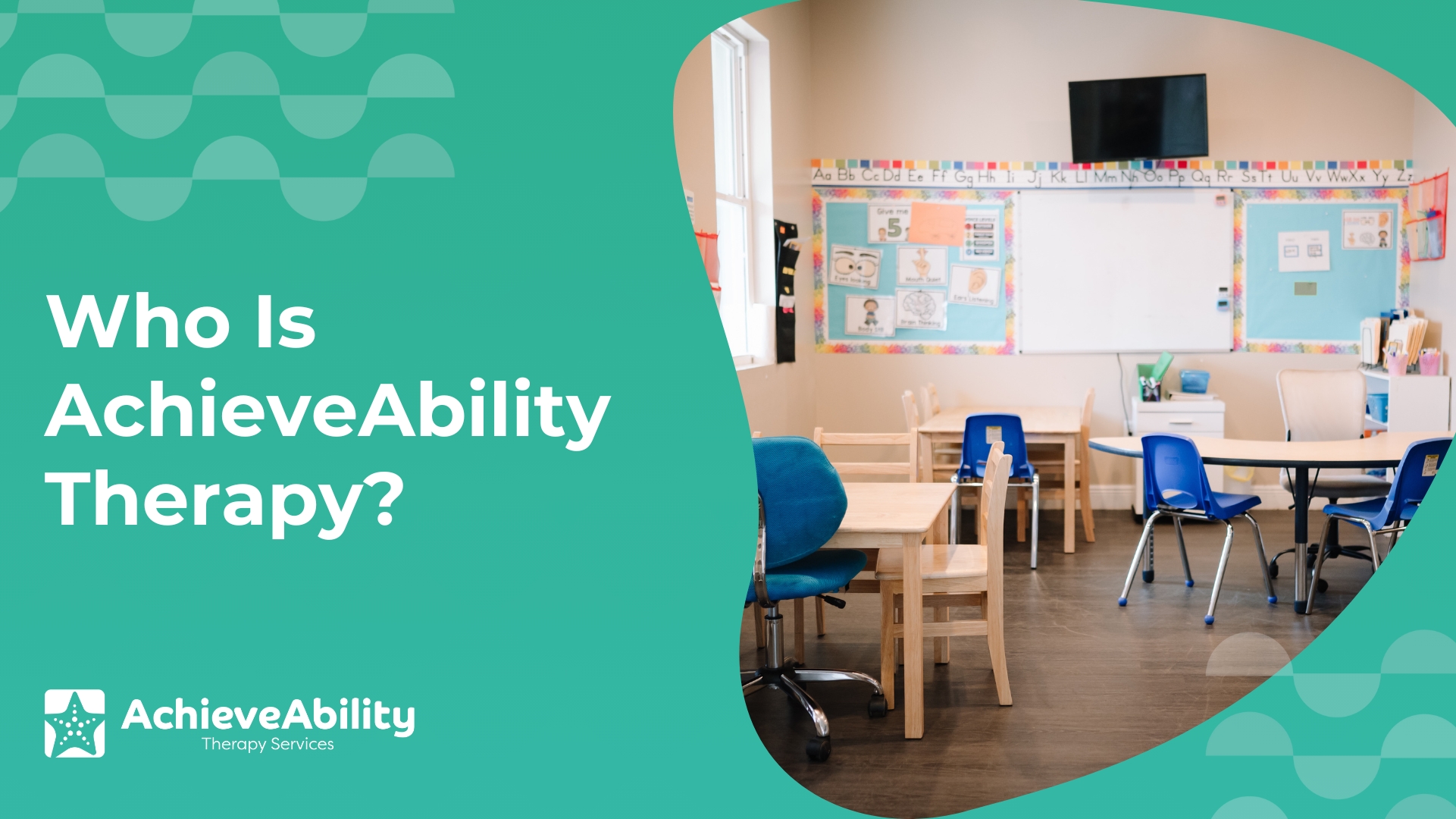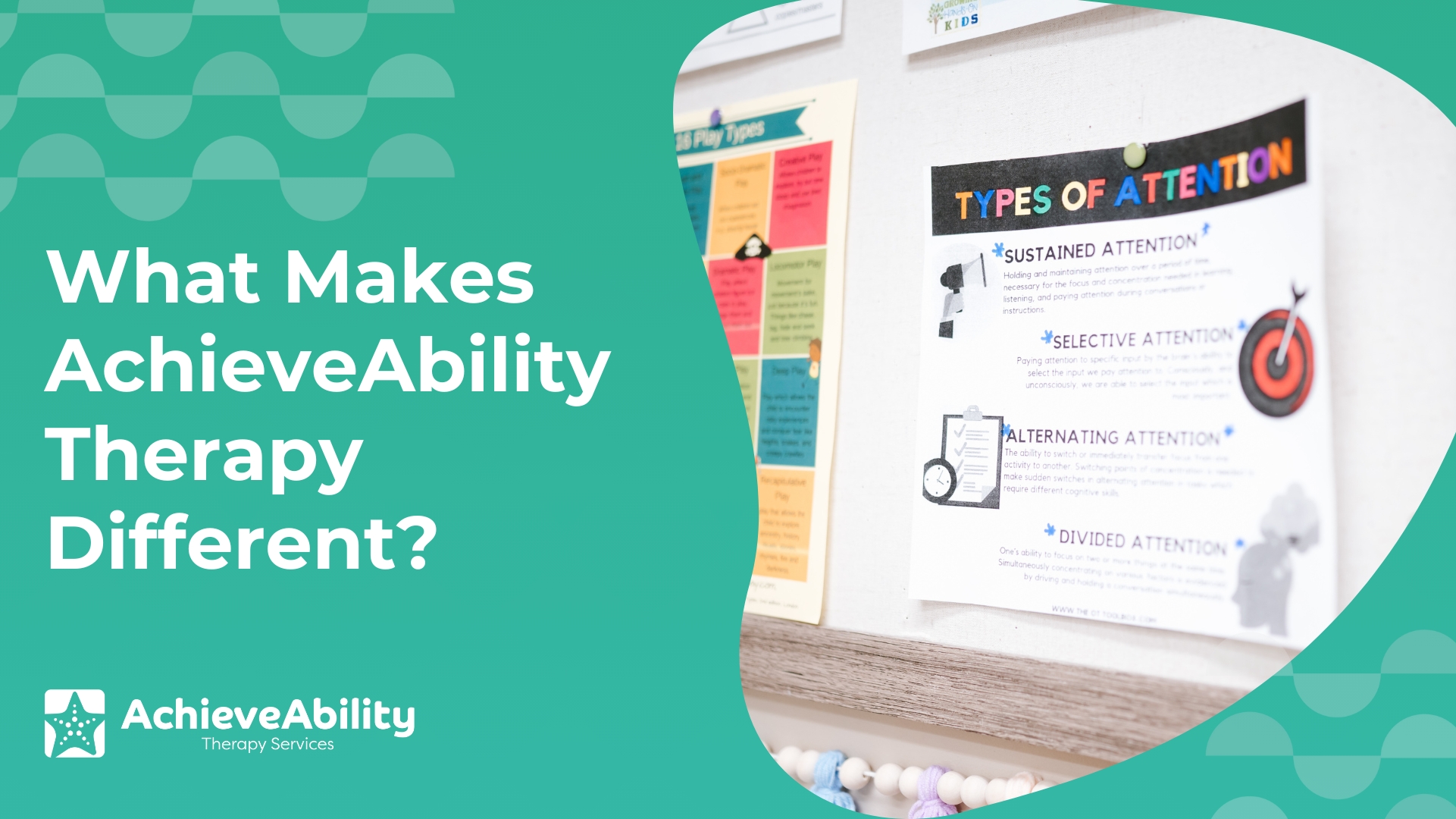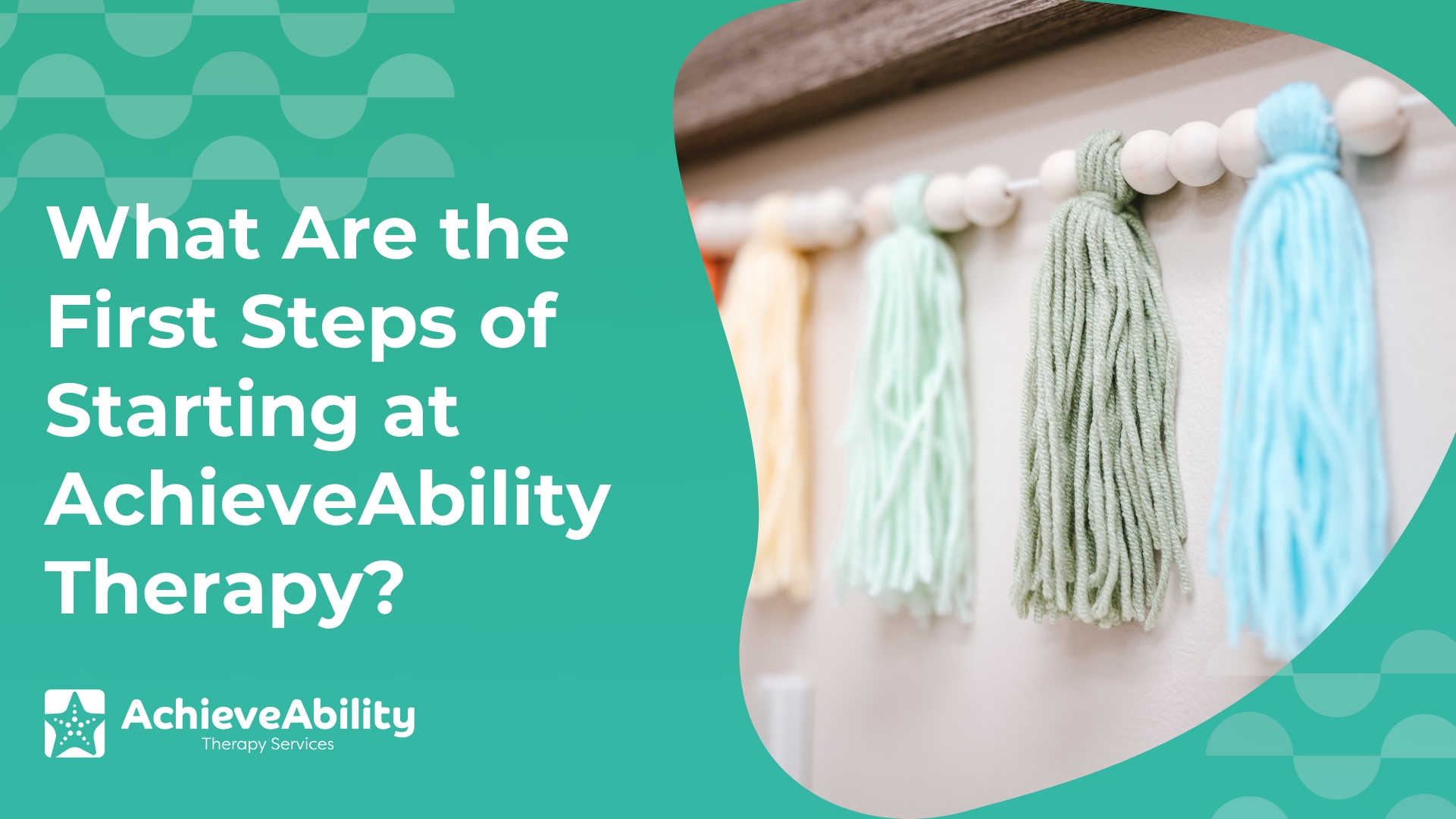Do you ever find yourself exhausted and overwhelmed at the end of a long day and just want to zone out in front of the television or scroll your phone? Of course, we all have days like these, and binging on TV shows or scrolling through our phones are both classic self-soothing techniques. Not everyone soothes in the same way though; some people prefer bubble baths or a good nap. Each person collects their favorite soothing methods that help them cope with being a person in this world.
Adults aren’t the only ones looking for external tools to help establish internal stability. As parents, we want to help our kids adopt tools to self-soothe and support their lives rather than interfere with them. When parents find their children are using detrimental soothing techniques, they often turn to ABA (Applied Behavioral Analysis) Therapy. During ABA, we can help a child develop positive coping skills and release negative ones.
What is Self-Soothing?
Self-soothing is natural. Everyone does it. By definition, this is a behavior we engage in to regulate our internal, emotional worlds. As adults, we have some autonomy to choose healthy self-soothing tricks. We can go for walks, enjoy a day at the spa, or voluntarily spend time alone when we need to self-soothe. However, children have much less autonomy and are often much less adept at identifying their feelings in the moment.
Often, soothing techniques are developed in our early life and, in some cases, are maintained throughout life. Our tools become problematic when the early tools we create are inappropriate or harmful.
How to Identify Inappropriate vs. Appropriate Self-Soothing Techniques
We develop techniques to cope with our lives. Some are appropriate, while others are not. We determine inappropriate soothing techniques by asking two questions. First, is this behavior age appropriate? For example, thumb sucking is a suitable tool for a baby but not age-appropriate for a teen. The second question you ask is, is this behavior harmful to the child or others? For example, self-harm, head banging, and drug use are self-soothing techniques that are harmful at any age.
Some other problematic soothing techniques are nail-biting, thumb-sucking, rocking, nose-picking, biting, drug use, and self-harm.
Great replacement soothing techniques are squeezing stress balls, snuggling with soft toys, carrying fidget objects, listening to music, going for a walk, hitting a punching bag, and meditation.
How ABA Helps Kids Develop More Appropriate Habits
ABA Therapy aims to reduce unwanted behavior and replace it with more desirable behavior. When dealing with children with undesirable soothing techniques, we try to analyze a child’s behavior to better understand its purpose. What environment or situation is triggering it? Armed with that kind of information, we can recognize patterns and anticipate and redirect behavior. One common example is giving a child who self-harms a rubber band to wear on their wrist. When they feel the urge to soothe in a harmful way, they can snap the rubber band on their wrist instead. We reward positive behavior and do not shine too bright a light on negative behavior.
What Does Not Help Change Inappropriate Habits
It can be tempting to use negative reinforcement to control poor coping habits. Punishing a child for using an undesirable soothing technique rarely solves their problem. Instead, we choose to focus on and reward their positive behavior. Remember that your child has adopted these habits because they provide comfort. We encourage parents to think of themselves as scientists, trying to understand the purpose of their child’s soothing habit so they can meet their child’s needs.
Your household is an ecosystem. In many cases, our soothing techniques become an example for our children. If you spend a lot of your time scrolling your phone or chewing your nails, it may be difficult to convince your kids that behavior is undesirable. Adopting positive coping skills as a family can have a huge positive impact on your whole household.
We know you want the best for your kids, and we want to help you achieve that. In ABA Therapy, we focus our time directly on addressing existing behaviors, and the results are fantastic. If you and your child need support learning to regulate emotions in a safe and appropriate way, we can help. Contact our office today to set up a discovery meeting with a member of our team so we can get you plugged into the resources you need.







